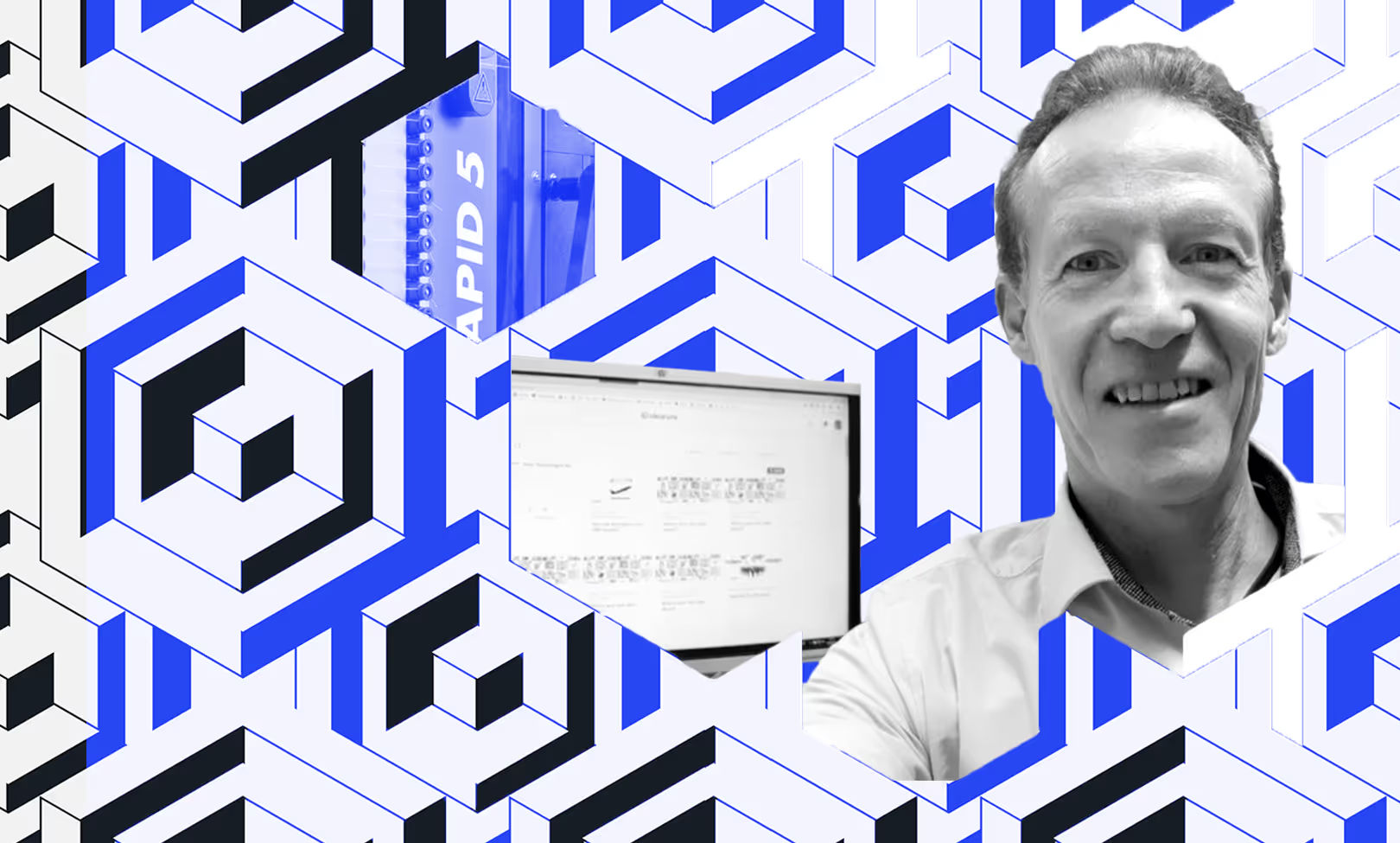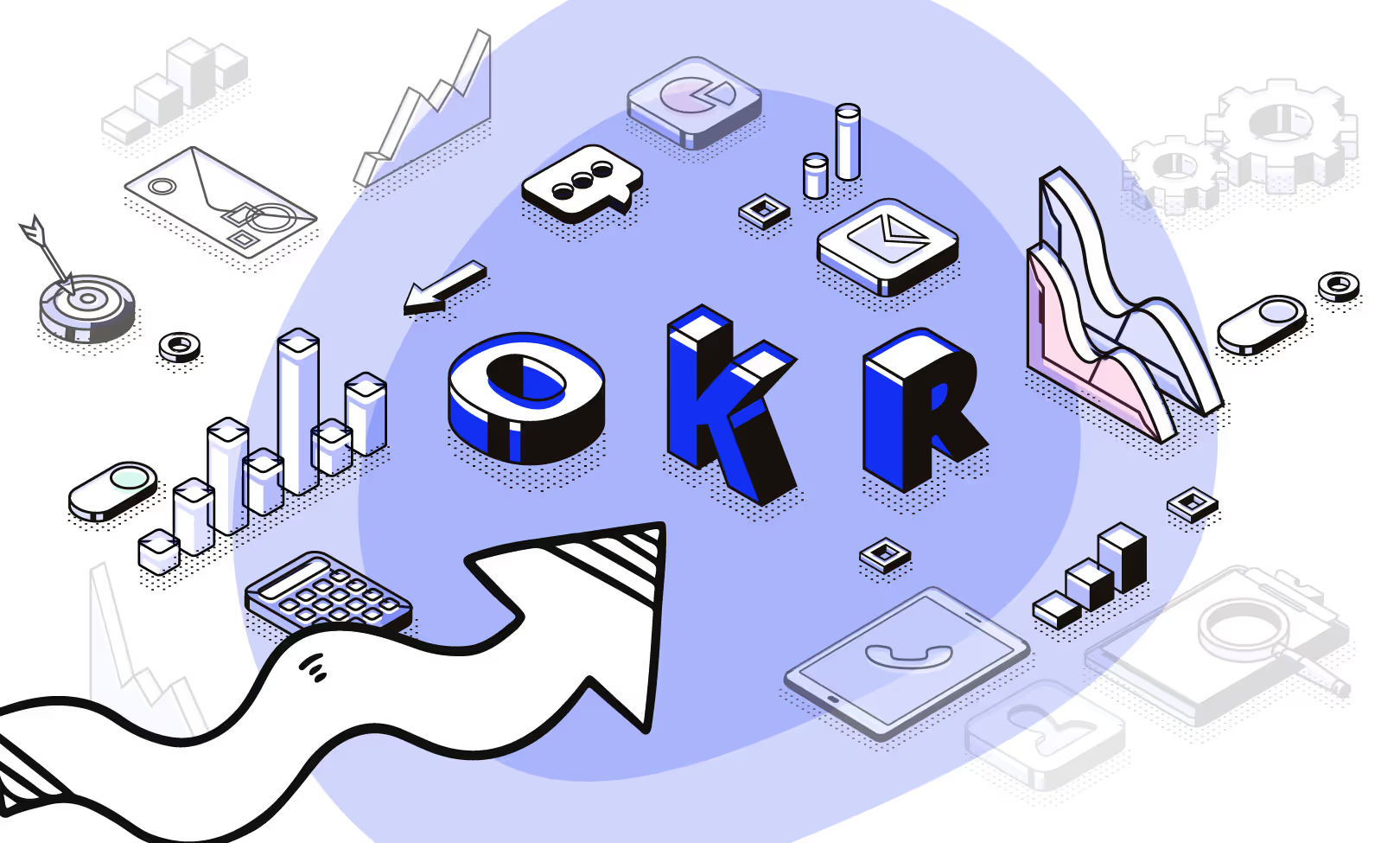
How USTER engaged 70% of its employees in innovation
What happens when a company doesn’t just ask for ideas but actually listens to them? At USTER, innovation isn’t just a buzzword—it's a habit embedded into the lives of its employees. By turning a simple idea management system into a movement that 70% of their workforce willingly joined, they stumbled upon something much deeper: the hidden dynamics of curiosity, recognition, and the human desire to be heard. This is the story of how engagement became their greatest innovation.
USTER’s dedication to innovation is evident not only from its prominent role as a market leader within the industry of textile machinery, numerous patents and 4500 happy customers worldwide but also engagement on their Ideanote space.
USTER’s Ideanote space is a part of its corporate-level strategic initiative called “Idea Management System” (IMS). Today, IMS connects 500 USTER employees across four different technology centers worldwide.
Giovanni Simeoni is the leader behind USTER’s IMS project. We reached out to Giovanni to learn about how USTER surpassed their employee-engagement expectations and how your team can do the same.

Ideation ProfileUSTERIndustryTextile machineryHas been collecting ideas since2018Collects ideasinternallyNumber of employees650Number of active users500Collected ideas in total510Implemented ideas106
Before we dive into the specifics, could you give us a short overview of how USTER is using Ideanote today?
Giovanni Simeoni: We chose Ideanote because we realized we needed a system for collecting and processing all kinds of ideas. As part of the IMS, we created a standardized process for the whole organization worldwide. Today, we have around 500 active users. The whole system is supervised by the core team of five people, each responsible for a specific geographical area.
On our Ideanote space, we collect ideas in four different ways. For that purpose, we have (1) open-ended missions* for general suggestions, (2) open-ended missions for product improvements, (3) open-ended targeted missions for specific topics (like Lean or Kaizen) and (4) time-limited targeted missions.
[Quick sidenote: missions are Ideanote’s goal-oriented idea-collections, where users are incentified to submit ideas as solutions to open-ended questions, e.g. “How could we create a better user experience for our clients?”.]
How many people are part of the IMS? How many are actively involved?
G: This is very interesting because when we launched IMS our target was to have every second employee in the system. So, our goal was to achieve a 50% participation rate. Today, we have achieved a participation rate of 70%! We are very proud of that.
More than 500 employees are involved in the IMS. Of course, it’s not as every employee posts an idea. I would say around one-third of users are actively submitting ideas, which in my opinion is also very good. However, other people look at ideas, they get inspired and then provide comments, suggestions or even submit new ideas by themselves.

Is it up to the people whether they want to be part of IMS or not?
G: So, if we launch a targeted mission, we have a limited group of people participating in this mission. In a case like that, we invite these people to join the platform. But I’d say 90% of the people that are already on the platform, joined the platform on their own initiative. We didn’t invite them, but they joined because they see our regular communication on the intranet about the success stories of IMS. People become curious and they want to know more. Then, they go on the system and get inspired to post ideas themselves or offer suggestions.
Why do you think USTER is so successful in engaging their team in the process of ideation?
G: I think it is a combination of a lot of little things that make the whole IMS successful. First of all, we have the support of our Executive Committee, which is also reflected in our corporate objectives. Secondly, we have standardized the process for collecting ideas, so all ideas that have been entered in the system will be followed up.
"People want to be able to see what happens to their ideas."

Why is feedback so important for engagement?
G: Transparency is a very important part of the IMS. People want to be able to see what happens to their ideas. On the Ideanote platform, there is an opportunity to comment on ideas and this is extremely important to our IMS process. People want to know who is looking at their ideas, what happens to the idea in each phase, who comments on it, etc.
That makes sense. You have mentioned the support of the EC and the importance of a standardized process. What are some of the other factors that contribute to your IMS success?
G: Yes, so we have a standardized process with clearly defined roles. For instance, every mission has an appointed idea facilitator who is responsible for that specific idea-collection. Facilitators are very engaged in the process and they encourage other people to participate too.
Also, we have created an e-learning tool in the company, where employees can complete a training model on how to use Ideanote and why we use it in this kind of way.
"We post success stories. We post every kind of achievement–small and big."
Lastly, as I mentioned before, we make sure that we talk about it often enough. On our intranet, we share news related to the activities on the IMS. We post success stories. We post every kind of achievement–small and big. We also have a reward and recognition program running on the local and global levels. In these programs, we recognize significant ideas and reward frequent contributors and active participators.
Thank you!

Within less than two years of using Ideanote, USTER has collected 510 new ideas. With a 70% engagement rate, the company has already implemented 106 of these.
“On top of that, we have also collected 70 product improvement and new product ideas, which are already evaluated by the company. Maybe we will not implement all of them, but it’s amazing to have an overview of where we can improve, which new features we could implement, and which new products we could to launch into the market.”, adds Giovanni.
Take it from USTER, walking an extra mile to ensure a high employee engagement on your idea management platform will pay back in no time.
Next up to Read:
Unlock Your Team's Innovation Potential Today




